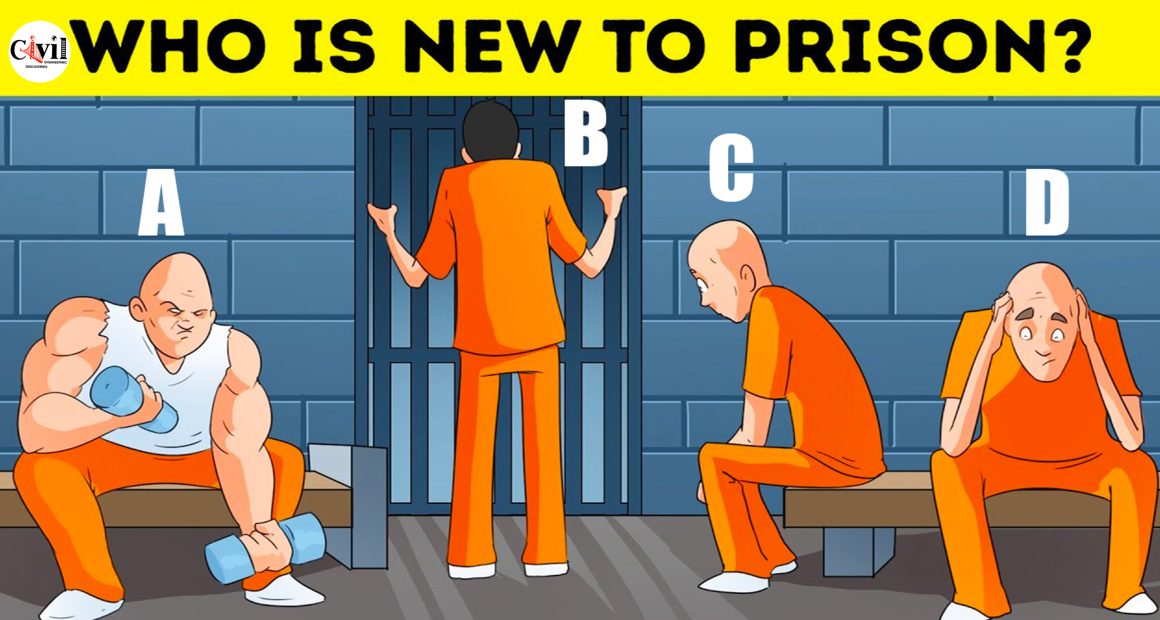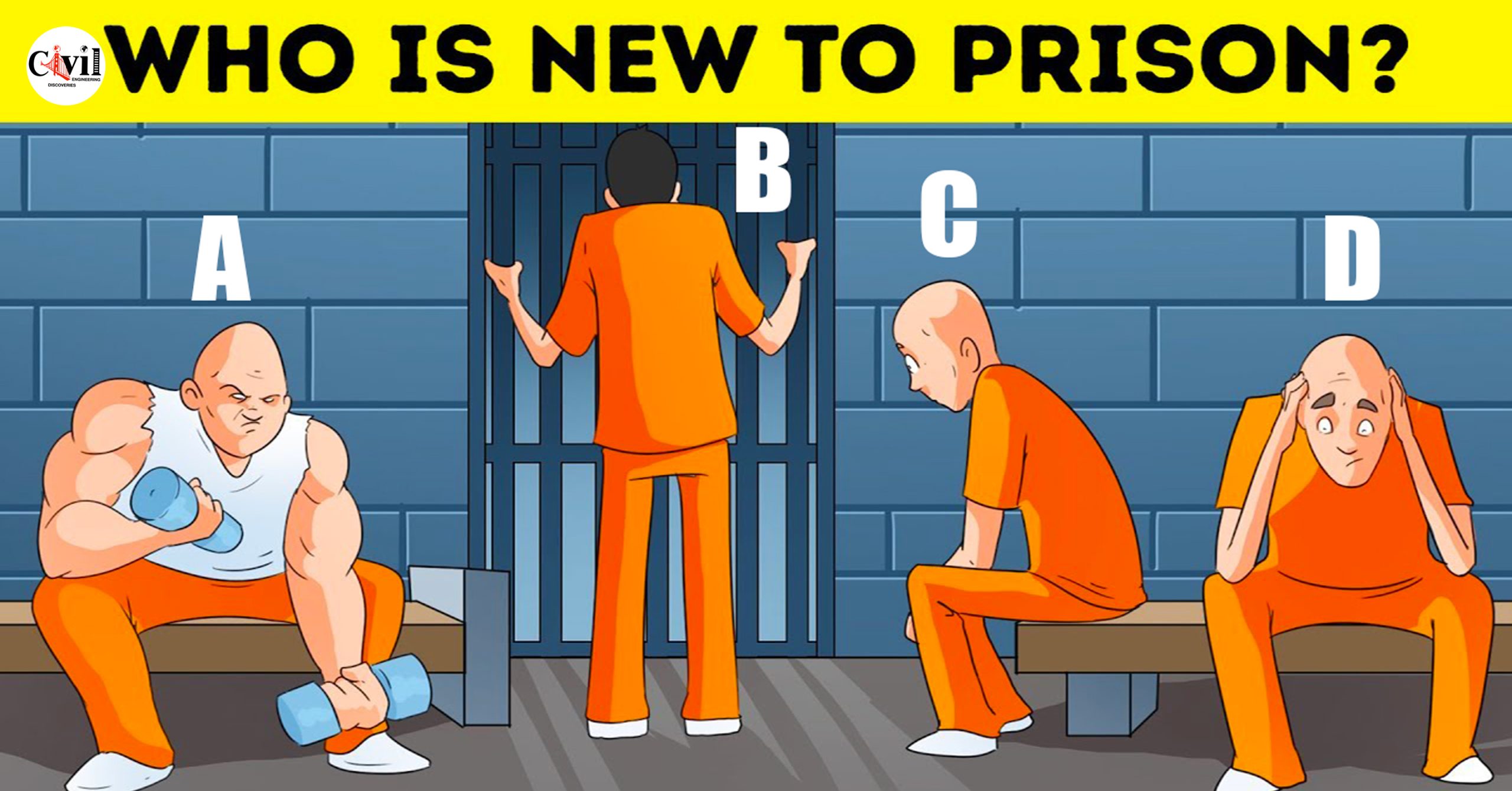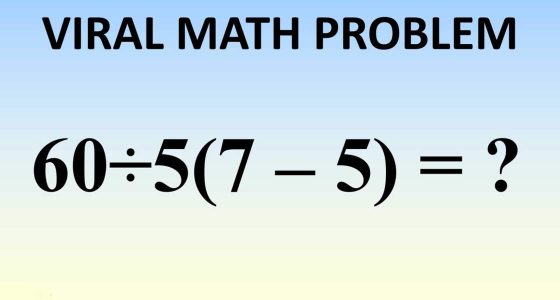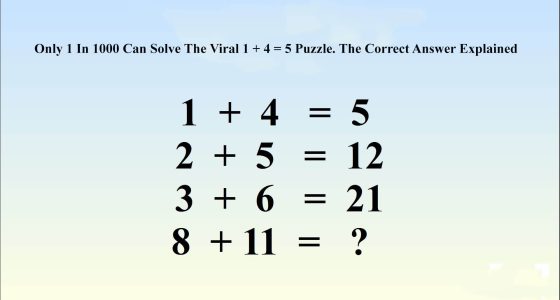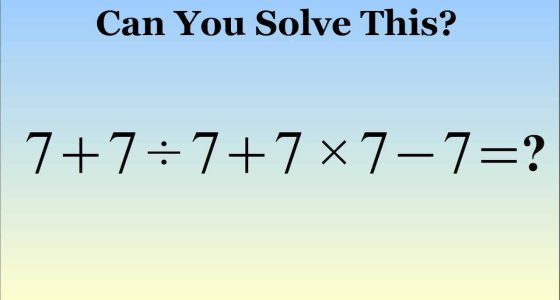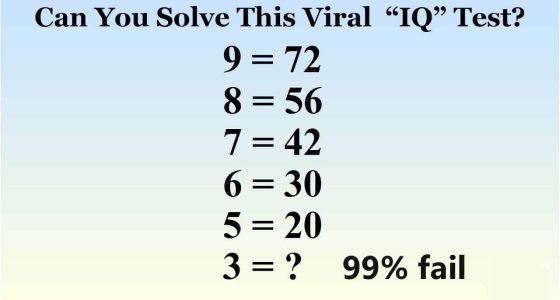In the image provided, four prisoners labeled A, B, C, and D are depicted in a typical jail cell. The challenge is to determine who among them is new to prison. At first glance, it might seem unclear. But a careful look reveals clear visual hints that expose the truth.
Let’s break it down.
Analyzing the Behavior and Body Language of Each Inmate
Prisoner A: The Bulking Veteran
Prisoner A is muscular, wearing a torn white shirt, and lifting weights. His body language is confident. He looks comfortable and unfazed by his surroundings. He’s been here long enough to establish a gym routine. His calm demeanor and physical development suggest he’s not new to prison life.
Prisoner B: The Confused Outsider
Prisoner B stands facing the bars with arms raised in disbelief or frustration. His stance shows confusion or panic. Unlike the others, he hasn’t settled in, and his hair isn’t shaved. His expressive body language indicates he’s likely in denial or shock. These are signs of someone adjusting to a new and harsh reality.
Prisoner C: The Bored Veteran
Prisoner C sits slouched, showing boredom or deep thought. He doesn’t look worried. His hands rest idly on his lap. His blank stare signals a man used to the dullness of prison. He knows the routine and accepts it, which hints at long-term imprisonment.
Prisoner D: The Resigned Inmate
Prisoner D clutches his head, but not in panic—more in frustration or tiredness. His body is relaxed, his feet tucked in. That kind of posture often comes from experience, not fear. He’s adapted to the environment, possibly reflecting regret or monotony, but not fear of the unknown.
Why Prisoner B Is Clearly New
All clues point toward Prisoner B. His confused and anxious posture indicates he’s reacting to his new environment. Unlike the others, he’s not sitting or working out. He hasn’t yet accepted his situation. His hair isn’t shaved. That’s a common trait of new inmates who haven’t adjusted to prison life.
Visual Hints That Confirm the Truth
Posture: Only B stands in disbelief, which contrasts with the relaxed or resigned body language of the others.
Engagement: A, C, and D are engaging in routine prison behavior—working out or sitting quietly.
Emotion: B displays visible shock, a natural response for someone just introduced to incarceration.
Click Here To See Who Will Survive? Mind-Bending Puzzle Explained
